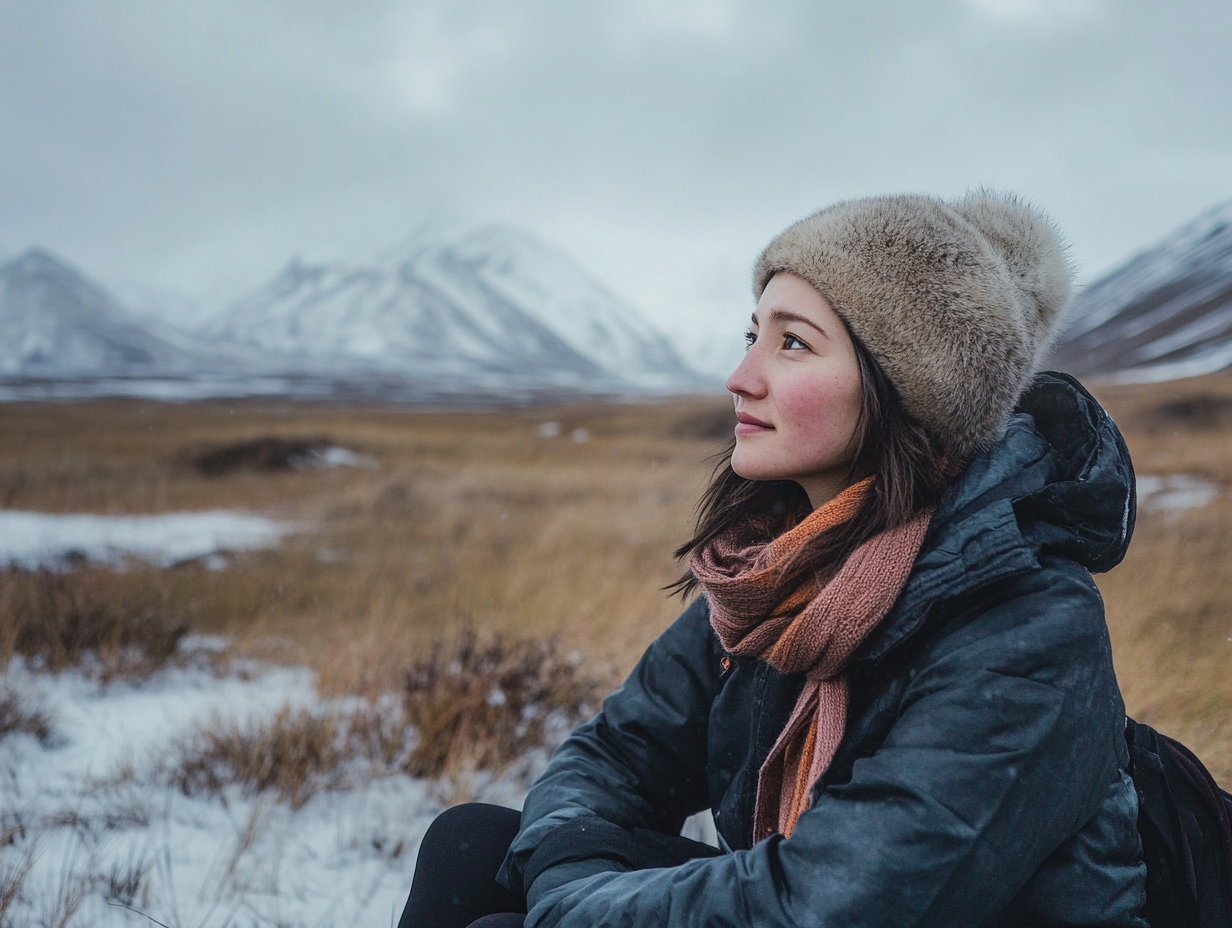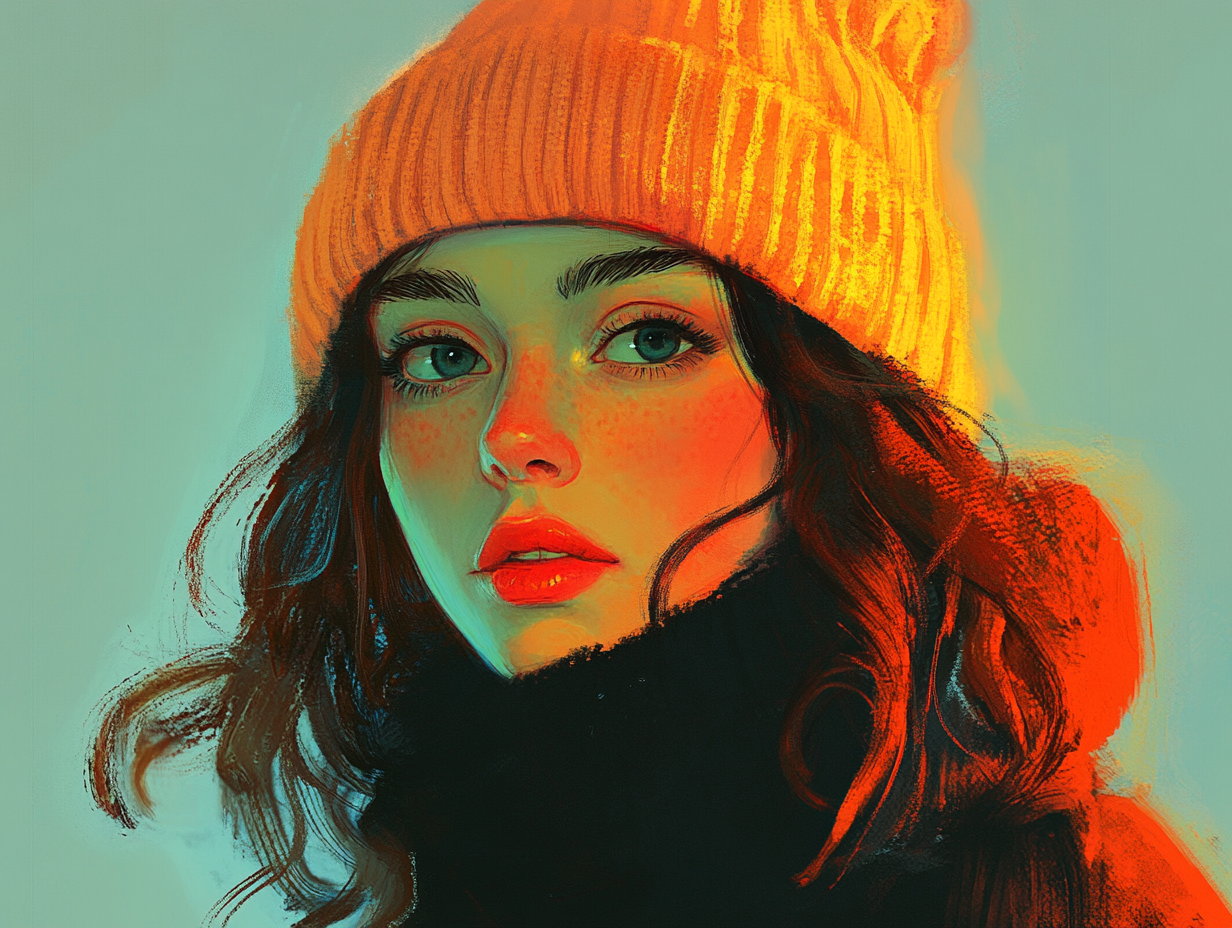Explore the top 5 emerging travel destinations in Asia for 2025, from Shanghai’s vibrant blend of old and new to Jeju’s natural beauty and more!
Looking to refresh your travel list with exciting new destinations in 2025? According to Agoda’s New Horizons ranking, these cities are on the rise in Asia and deserve a spot on your travel bucket list. From Shanghai’s dynamic blend of modern and traditional to Jeju’s serene natural beauty, here are the top 5 emerging destinations in Asia that should be on your radar:
1. Shanghai, China
Shanghai has officially emerged as the top emerging travel destination in Asia, according to Agoda’s latest ranking. Known as the “Paris of the East,” this buzzing metropolis is a stunning combination of ultra-modern skyscrapers, ancient traditions, and vibrant street life. Recent visa easements have made the city more accessible than ever. Whether you’re marveling at the iconic skyline from The Bund, exploring hidden alleyways filled with street food, or immersing yourself in its art scene, Shanghai offers endless discoveries. Don’t miss the traditional tea houses and the serene Yu Garden for a peaceful retreat amidst the urban rush.
2. Jeju, South Korea
Jeju Island, often described as South Korea’s paradise, is quickly becoming a must-visit destination. Famous for its volcanic craters, picturesque waterfalls, and clear beaches, Jeju is perfect for nature lovers and those seeking cultural exploration. Hike up Hallasan, a dormant volcano, or relax on beaches like Hyeopjae and Jungmun. Jeju’s mix of natural wonders and rich folklore, alongside temples and heritage sites, makes it an ideal escape for those wanting both adventure and tranquility.
3. Paris, France
Paris needs little introduction, but its post-Olympics glow brings a new spark to this already iconic city. Paris is the quintessential romantic getaway, home to stunning landmarks like the Eiffel Tower, Louvre Museum, and Notre-Dame Cathedral. But beyond the obvious attractions, the city’s charm lies in its charming neighborhoods, like Montmartre and Le Marais, full of quaint cafés, art galleries, and boutique shops. This year, Paris also boasts new cultural events, art exhibitions, and modern architectural marvels, making it an even more dynamic destination. Enjoy a picnic by the Seine, shop in the high-end boutiques of the Champs-Élysées, or sip coffee in a cozy café as you watch the world go by.
4. Nha Trang, Vietnam
Looking for a tropical beach getaway? Nha Trang in Vietnam should be at the top of your list. Known for its stunning beaches and vibrant nightlife, this coastal city is gaining international attention. Whether you’re snorkeling in the clear waters of Mun Island or exploring the historic Po Nagar Cham Towers, Nha Trang blends beach relaxation with cultural experiences. The thriving local food scene, filled with fresh seafood and street food delights, also adds to the city’s charm. Nha Trang’s laid-back yet lively atmosphere makes it an unforgettable retreat.
5. Fukuoka, Japan
Fukuoka, located on Japan’s southern island of Kyushu, is rapidly becoming a top destination for travelers seeking a unique Japanese experience. Known for its rich history, stunning temples, and delicious food, Fukuoka offers a balance of modern urban life and traditional Japanese culture. Fukuoka’s street food scene is famous for dishes like tonkotsu ramen, yakitori, and mentaiko (spicy cod roe), with food stalls lining the city’s lively streets. Beyond the food, the city is home to beautiful parks, ancient shrines, and the Fukuoka Castle ruins. For those looking to immerse themselves in a more relaxed but authentic Japanese setting, Fukuoka’s warm hospitality and vibrant atmosphere make it a perfect destination.
These cities are not just rising stars—they’re transforming the way we travel. Whether you’re looking to explore ancient cultures, enjoy stunning nature, or indulge in mouthwatering cuisines, these emerging destinations are ready to offer unforgettable experiences. Pack your bags and get ready for your next adventure in 2025!



